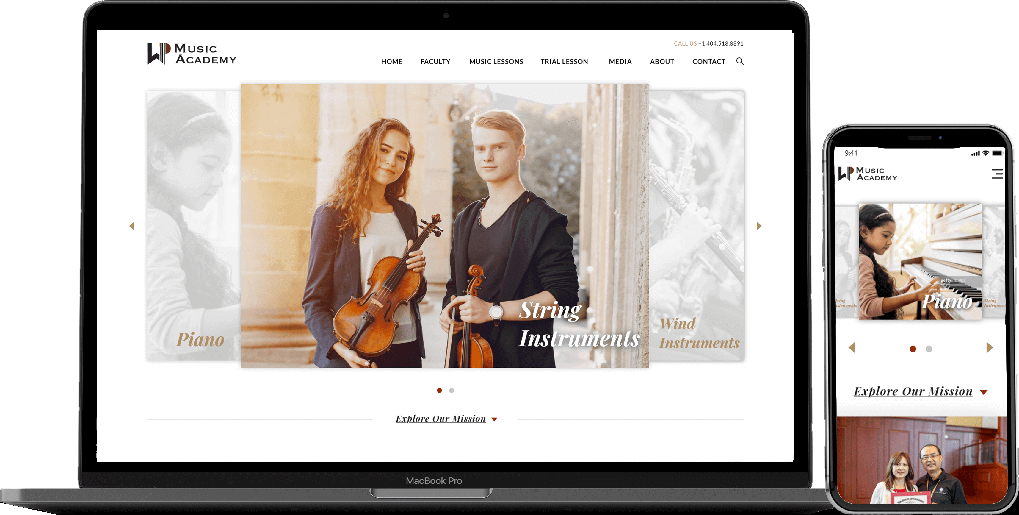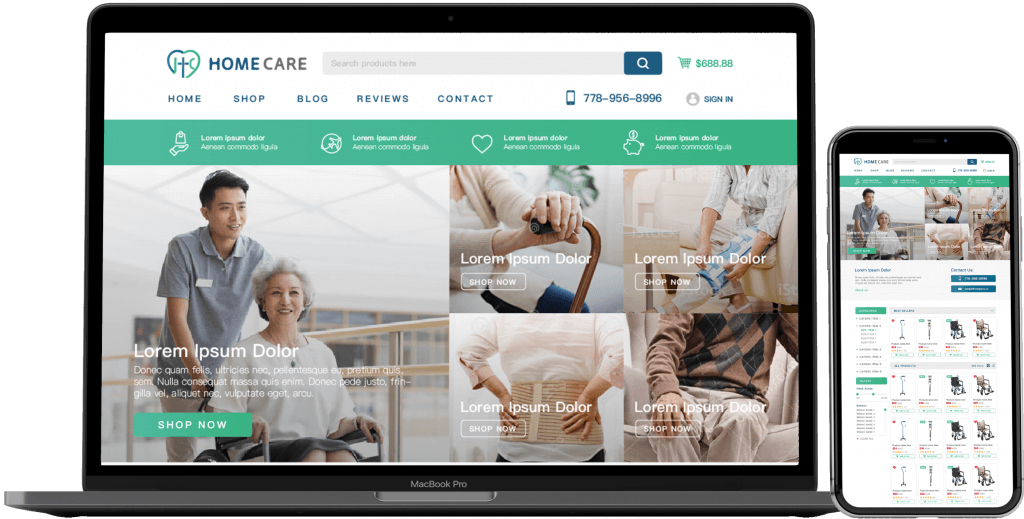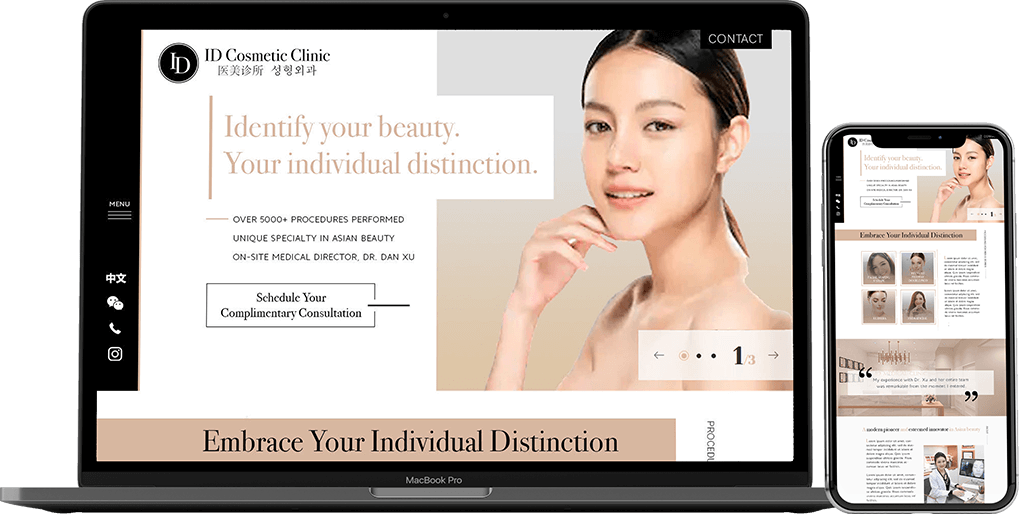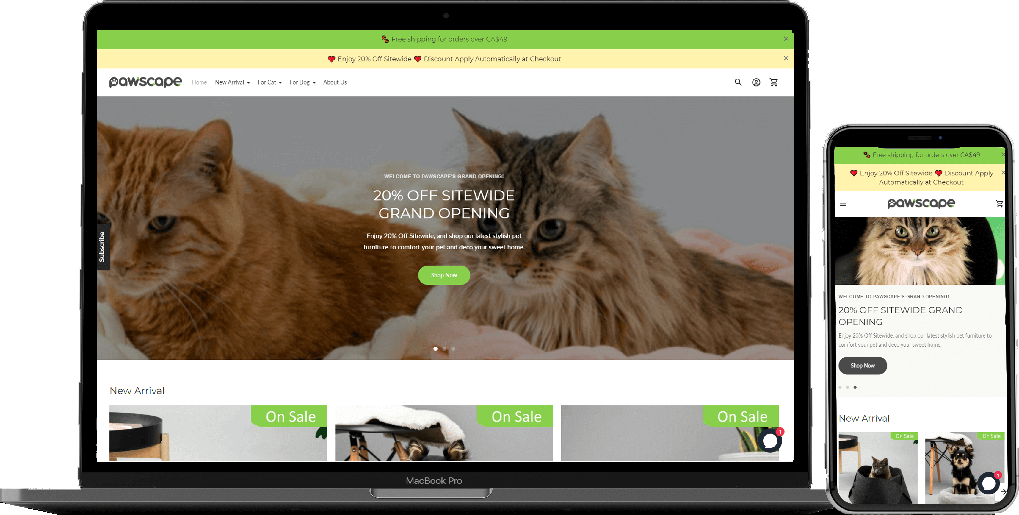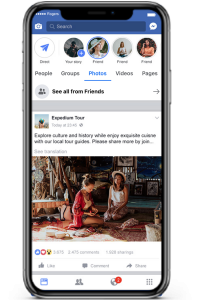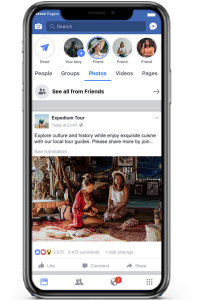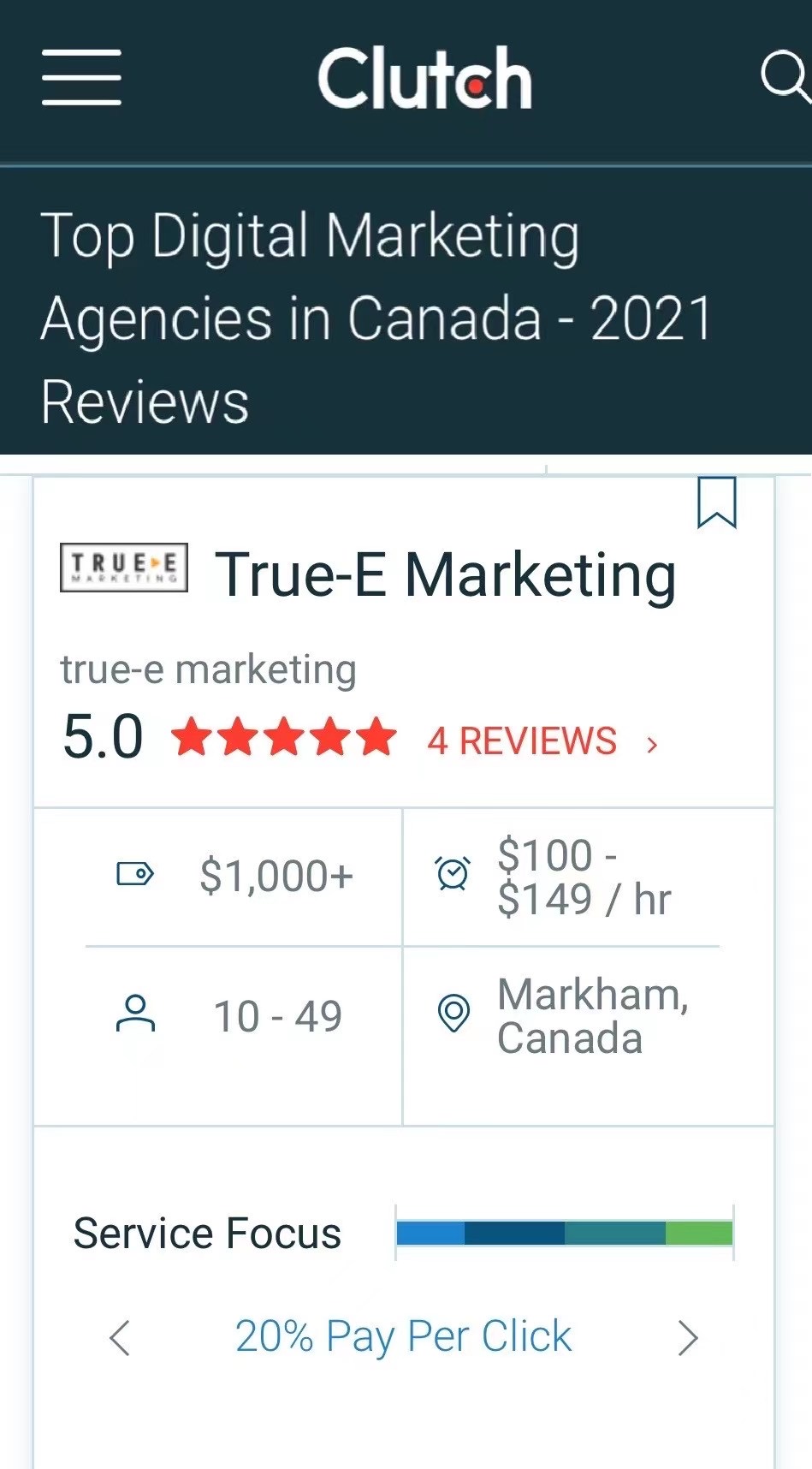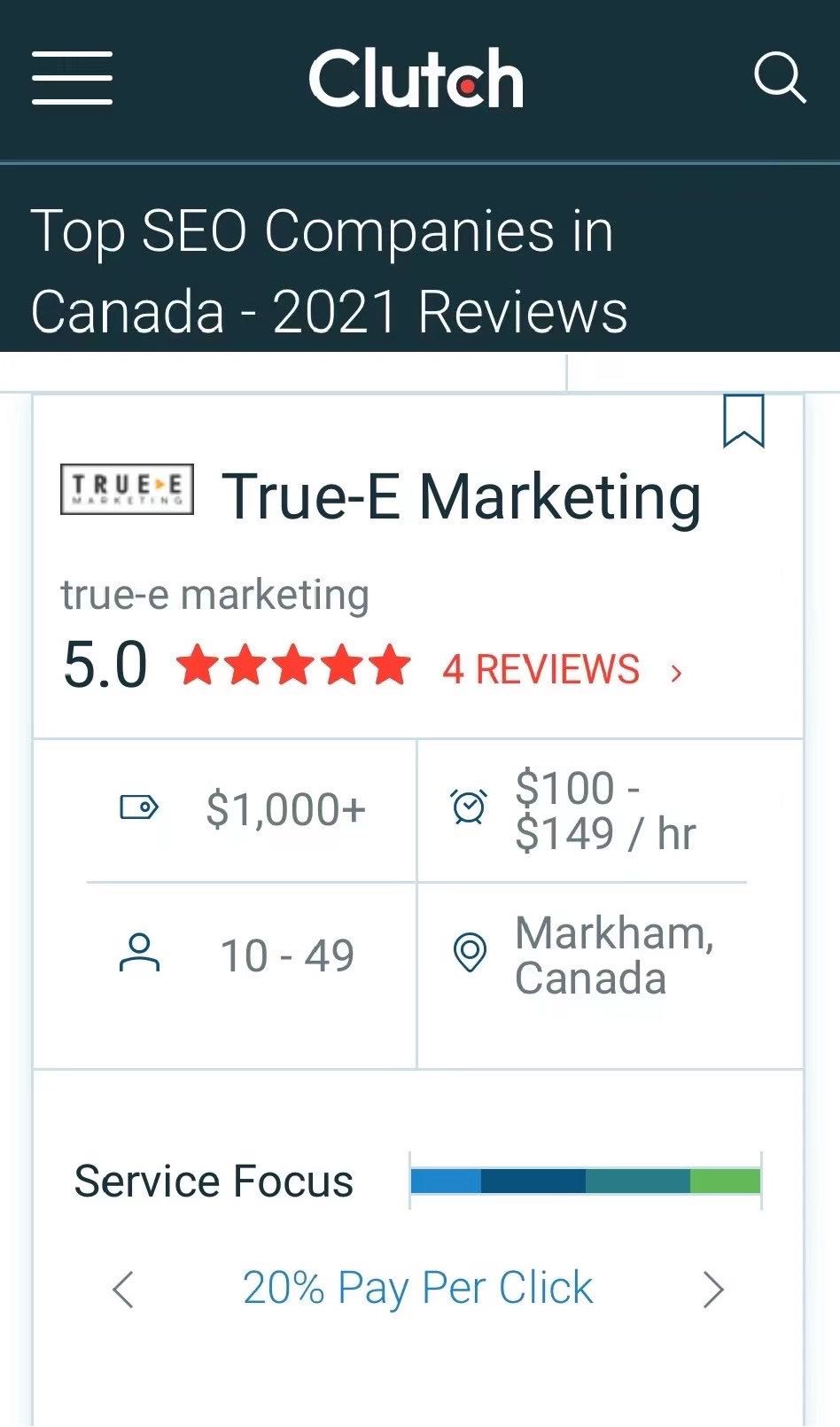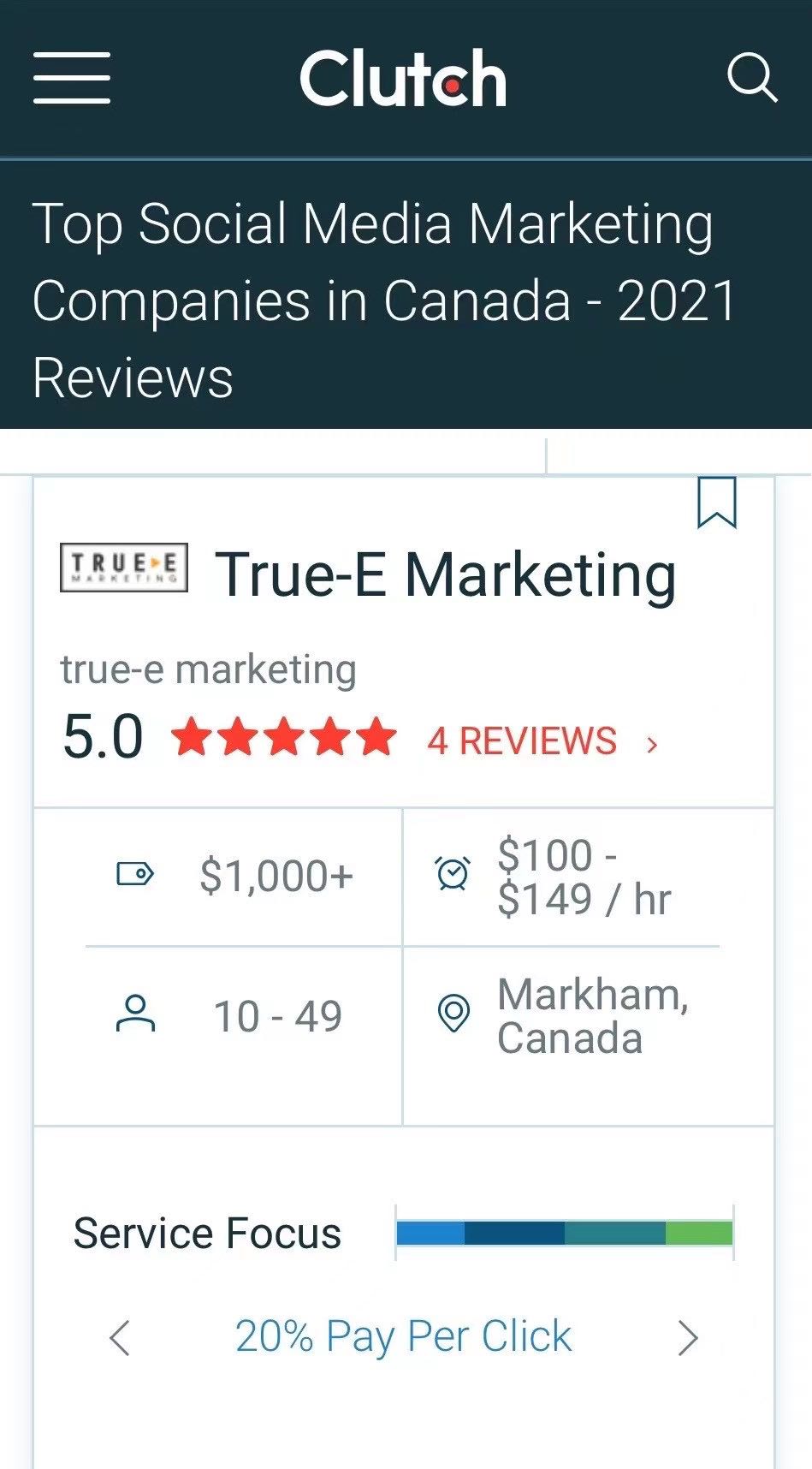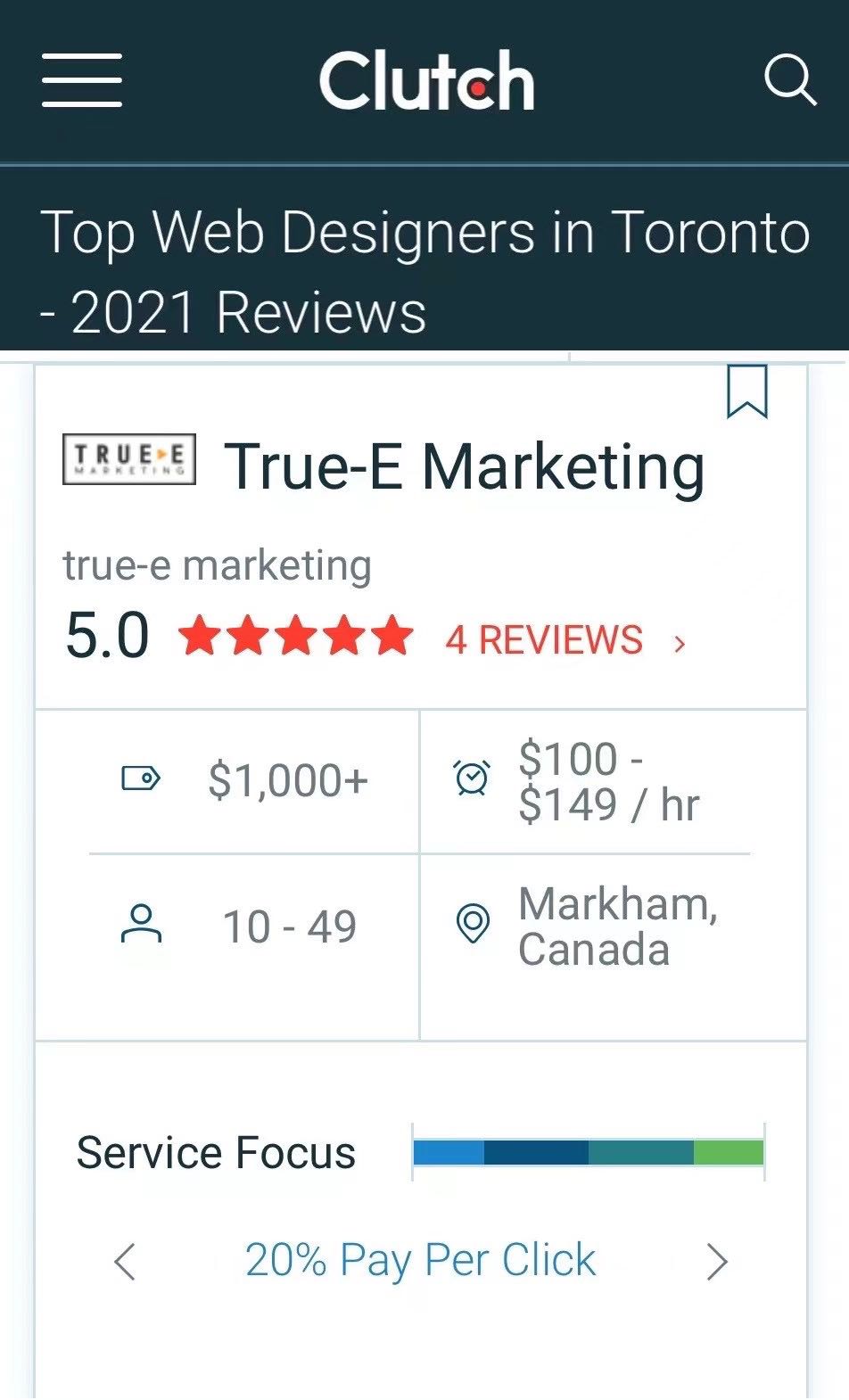The Impact of Social Media on Veterinary Care
Social media has seeped into every aspect of our lives, including veterinary care. With the rise of technology and the need for instant information, it is no wonder that social media has become a vital tool for veterinarians to connect with pet owners and provide valuable insights. In this blog post, we will delve into the top social media services that are revolutionizing veterinary care.
Facebook: More Than Just Likes
Facebook is not just a platform for sharing cat memes; it is a powerful tool for veterinarians to engage with their clients. Veterinary clinics can create business pages where they can post informative articles, share client testimonials, and even host live Q&A sessions. This direct line of communication helps build trust and loyalty with pet owners.
Instagram: A Picture-Perfect Platform
They say a picture is worth a thousand words, and Instagram proves this to be true. Veterinarians can use Instagram to showcase before-and-after photos of surgeries, cute pet pictures, and even educational videos. The visual nature of Instagram makes it an ideal platform for connecting with pet owners on a personal level.
Twitter: Short and Sweet Updates
Twitter may be limited to 280 characters, but veterinarians can make the most of this microblogging platform by sharing quick tips, important announcements, and retweeting relevant industry news. Twitter fosters real-time communication and allows veterinarians to stay connected with their audience.
LinkedIn: Building Professional Networks
LinkedIn is not just for job hunters; it is also a valuable platform for veterinarians to connect with industry professionals, share research findings, and establish themselves as thought leaders in the field. By participating in LinkedIn groups and publishing articles, veterinarians can expand their professional network and reach a wider audience.
YouTube: Educational Content Hub
YouTube is the second largest search engine in the world, making it the perfect platform for veterinarians to share educational content. From how-to videos on administering medication to virtual tours of the clinic, YouTube allows veterinarians to connect with a global audience and provide valuable information to pet owners.
In Conclusion
By harnessing the power of social media, veterinarians can enhance client communication, build brand awareness, and provide valuable educational content to pet owners. To stay ahead in the digital age, veterinary clinics must embrace social media and leverage its potential to revolutionize the way veterinary care is delivered.


